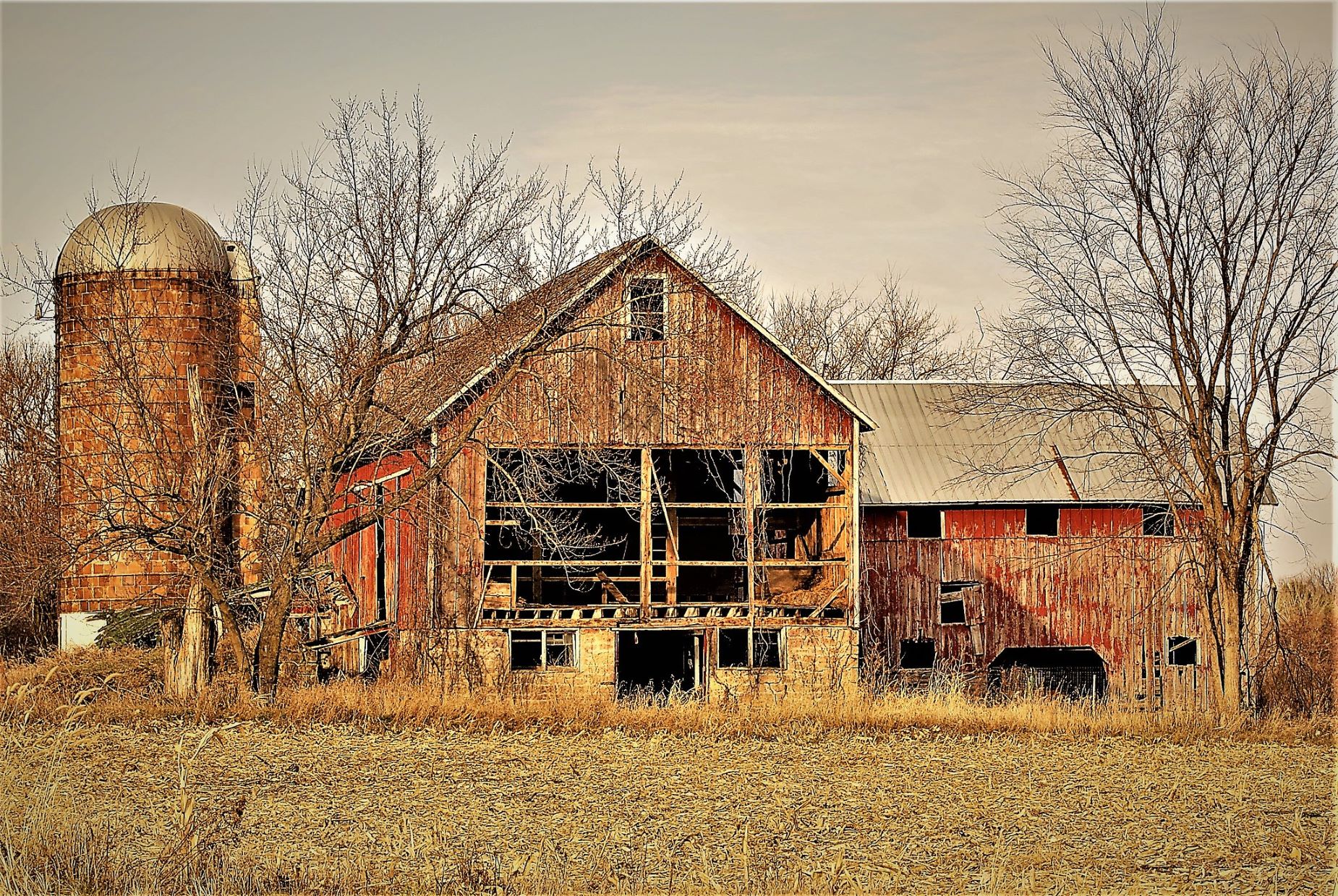Thomas Dunne published “The End of a Farm” in the Milwaukee Journal in 1994. After the piece, he reflects on the article 22 years later. * This is the final season for the farm. It is September and the corn is tall, green, tasseled and ripening for harvest. It will be a bumper crop. There will be more Septembers, but no corn, cattle or farmer. That delicate rhythm, forged over a hundred seasons between farmer and land, crop and soil, hope and...

